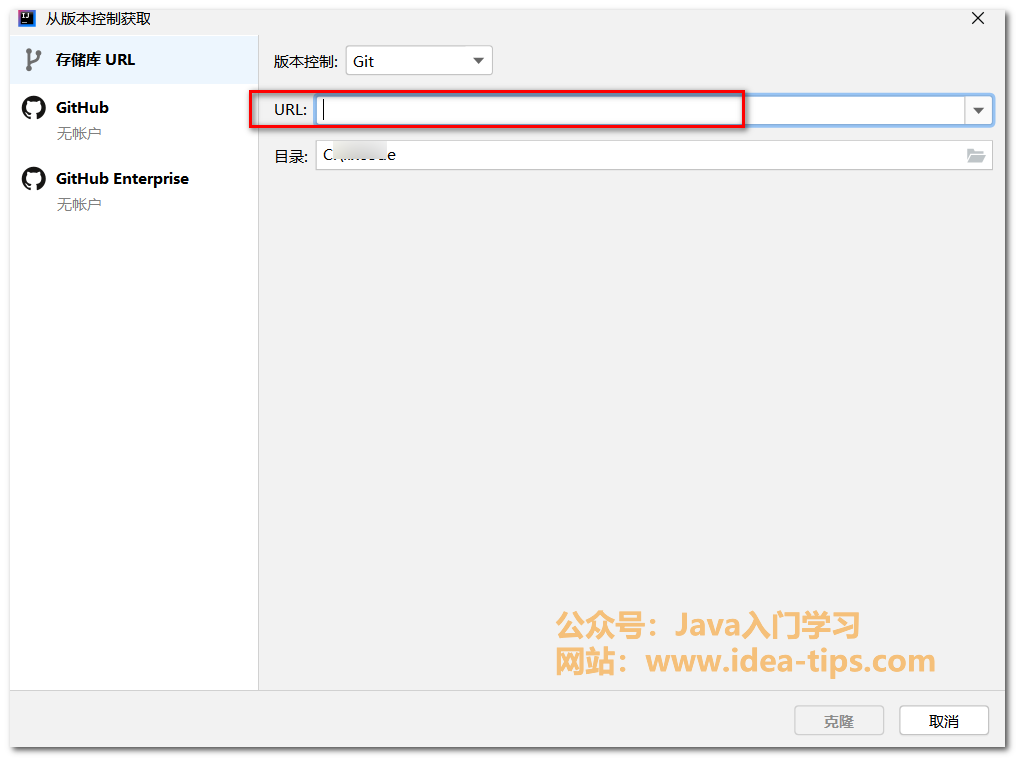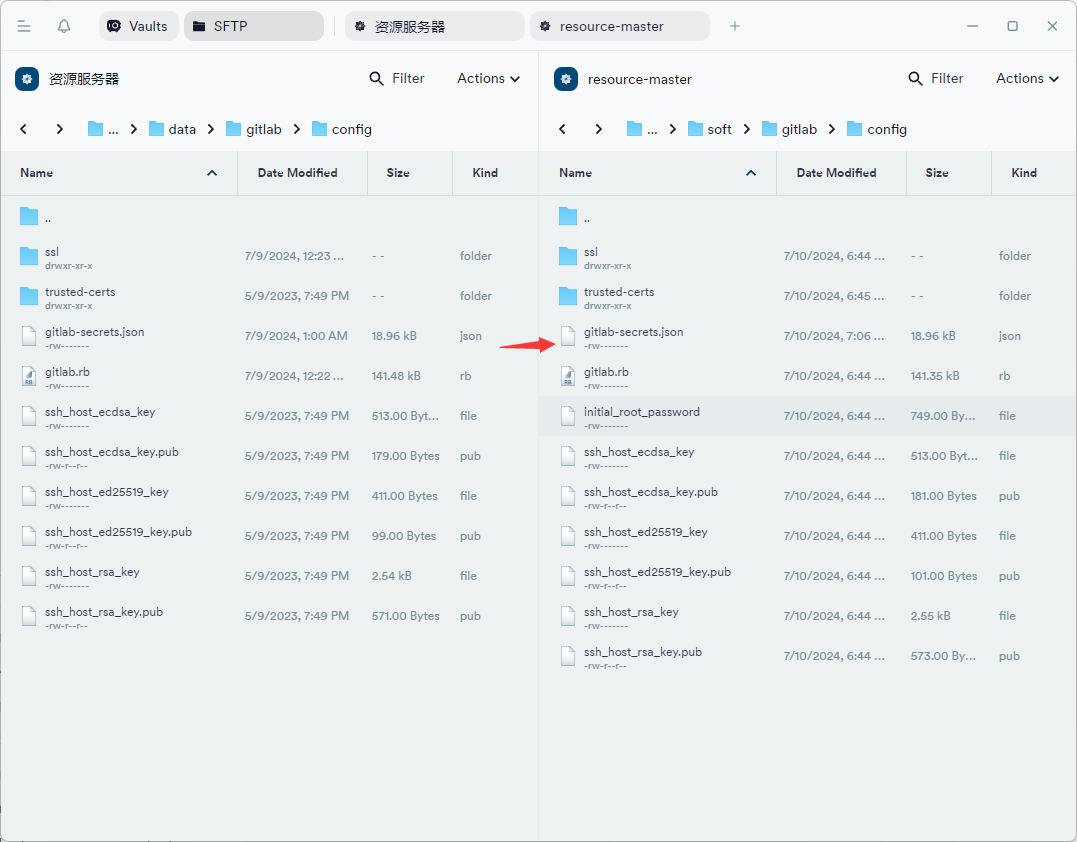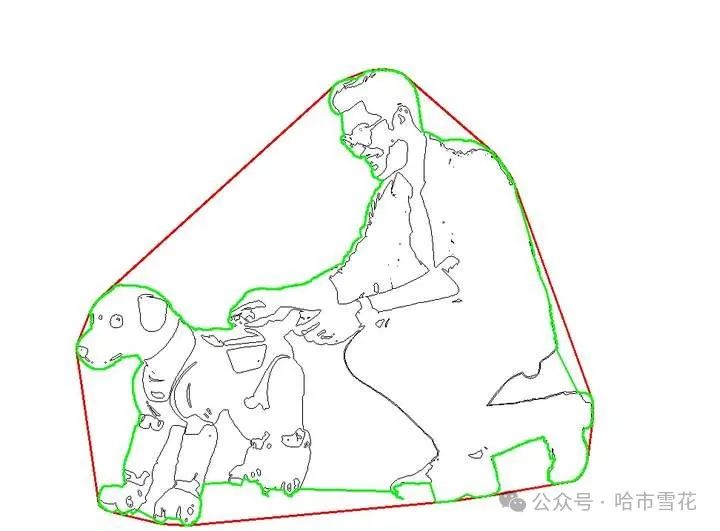Title
题目
STARTS: A Self-adapted Spatio-temporal Framework for Automatic E/MEG SourceImaging
STARTS:一种用于自动脑电/脑磁(E/MEG)源成像的自适应时空框架
01
文献速递介绍
电生理源成像(Electrophysiological Source Imaging,ESI)是一项能够通过非侵入性测量(如脑电图和脑磁图,E/MEG)估计神经电活动的技术,因其在高时空分辨率下检测脑动态的能力而受到越来越多的关注。事实上,许多研究已报告了ESI在不同领域中的应用取得的令人鼓舞的成果(例如,运动意图解码、癫痫病灶定位[3]和脑部疾病诊断)。分布式模型作为一种将源活动表示为覆盖整个皮层表面的电流密度的模型,被广泛用于描述ESI问题。然而,基于分布式模型的ESI求解非常困难,因为这是一个高度病态的问题,即大量不同的源组合可能会产生相同的E/MEG测量结果。因此,需要对源属性施加约束以正则化解。
根据生物学证据7,E/MEG源在空间上是扩展的且局部均匀的。这意味着E/MEG是由具有一定范围的源区域生成的,该区域内的活动高度相关。为将这些神经生理学约束纳入源估计,研究者们进行了持续的探索。一种广泛使用的方法是直接施加空间正则化,以获得具有期望空间特性的解。典型的例子是低分辨率脑电磁断层成像(LORETA),其通过引入拉普拉斯算子来强制相邻源之间的变化平滑。然而,LORETA的主要缺点在于它倾向于高估空间范围,导致源成像模糊化。
另一种获得源范围的方法涉及皮层分区技术。具体而言,在源成像之前,皮层被分割为若干区域。然后,ESI算法确定每个源区域是否被激活,并重建被激活区域的源动态。分区可以通过解剖学图谱或数据驱动的方法得到。然而,基于图谱的皮层分区难以反映个体差异,而数据驱动的方法往往受到噪声和与分区相关参数选择的影响。因此,为了考虑源空间属性的复杂性和变异性,需要更先进的约束来进一步提高E/MEG源的重建质量。
Aastract
摘要
To obtain accurate brain source activities,the highly ill-posed source imaging of electro- andmagneto-encephalography (E/MEG) requires proficiency inincorporation of biophysiological constraints and signalprocessing techniques. Here, we propose a spatiotemporal-constrained E/MEG source imaging frameworkSTARTS that can reconstruct the source in a fully automatic way. Specifically, a block-diagonal covariance isadopted to reconstruct the source extents while maintainspatial homogeneity. Temporal basis functions (TBFs) ofboth sources and noise are estimated and updated in adata-driven fashion to alleviate the influence of noises andfurther improve source localization accuracy. The performance of the proposed STARTS is quantitatively assessedthrough a series of simulation experiments, wherein superior results are obtained in comparison with the benchmark ESI algorithms (including LORETA, EBI-Convex, SISTBF, &BESTIES). Additional validations on epileptic andresting-state EEG data further indicate that the STARTS canproduce neurophysiologically plausible results. Moreover,a computationally efficient version of STARTS: smoothSTARTS is also introduced with an elementary spatial constraint, which exhibited comparable performance and reduced execution cost. In sum, the proposed STARTS, withits advanced spatio-temporal constraints and self-adaptedupdate operation, provides an effective and efficient approach for E/MEG source imaging.
为了获得准确的大脑源活动,脑电/脑磁(E/MEG)源成像这一高度病态的问题需要结合生物物理约束和信号处理技术的专业知识。在此,我们提出了一种时空约束的E/MEG源成像框架——STARTS,可实现源活动的全自动重建。具体而言,该方法采用块对角协方差矩阵来重建源的范围,同时保持空间上的均匀性。通过数据驱动的方式估计和更新源和噪声的时间基函数(TBF),以减轻噪声的影响并进一步提高源定位的准确性。
通过一系列模拟实验对所提出的STARTS框架进行定量评估,结果显示其性能优于基准源成像算法(包括LORETA、EBI-Convex、SISTBF和BESTIES)。此外,在癫痫和静息态EEG数据上的额外验证表明,STARTS能够生成符合神经生理学的合理结果。此外,还提出了STARTS的计算效率版本——Smooth STARTS,它通过引入基本的空间约束,在执行成本降低的同时表现出可比的性能。
总之,所提出的STARTS框架凭借其先进的时空约束和自适应更新操作,为E/MEG源成像提供了一种有效且高效的解决方案。
Method
方法
A. Probabilistic generative model
The scalp E/MEG can be modeled as a linear combination of source activities and measurement noise:B = LS + AE + ϵ, (1)where B = [b1, b2..., bT ] ∈ R NC ×T denotes the E/MEGsignal, E = [e1, e2..., eT ] ∈ R NC ×T is the noise series,L ∈ R NC ×NS is the known lead-field matrix and S ∈ R NS×Tis the unknown sources. NC is the number of sensors, NSis the number of candidate sources (NS ≫ NC ) and T isthe snapshot of E/MEG. A ∈ R NC ×NC is the mixture matrixfor noise that can be estimated if sufficient information aboutnoise source is known. In this paper, A is set to be identity matrix I since we assume no prior noise information is available.
A. 概率生成模型
头皮E/MEG信号可以建模为源活动和测量噪声的线性组合:B=LS+AE+ϵ,\mathbf{B} = \mathbf{L}\mathbf{S} + \mathbf{A}\mathbf{E} + \epsilon,B=LS+AE+ϵ,
(1)其中,B=[b1,b2,…,bT]∈RNC×T\mathbf{B} = [\mathbf{b}1, \mathbf{b}2, \ldots, \mathbf{b}T] \in \mathbb{R}^{N_C \times T}B=[b1,b2,…,bT]∈RNC×T 表示E/MEG信号,E=[e1,e2,…,eT]∈RNC×T\mathbf{E} = [\mathbf{e}1, \mathbf{e}2, \ldots, \mathbf{e}T] \in \mathbb{R}^{N_C \times T}E=[e1,e2,…,eT]∈RNC×T 表示噪声序列,L∈RNC×NS\mathbf{L} \in \mathbb{R}^{N_C \times N_S}L∈RNC×NS 是已知的引导场矩阵(lead-field matrix),S∈RNS×T\mathbf{S} \in \mathbb{R}^{N_S \times T}S∈RNS×T 是未知的源活动。NCN_CNC 是传感器数量,NSN_SNS 是候选源的数量(NS≫NCN_S \gg N_CNS≫NC),TTT 是E/MEG的时间点数(快照)。A∈RNC×NC\mathbf{A} \in \mathbb{R}^{N_C \times N_C}A∈RNC×NC 是噪声的混合矩阵,当对噪声源有充分了解时可以估计。在本文中,由于假设没有先验的噪声信息,A\mathbf{A}A 被设定为单位矩阵I\mathbf{I}I。
Results
结果
A. Simulation results of ERSP modelWe first evaluate the performance of ESI methods usingsimulated signals from ERSP model. Fig. 3 shows the reconstructed locations and time courses of six ESI methods.Visual inspection shows that all the ESI methods yield accurateestimation of source activities when the SNR of signals ishigh (Fig. 3(a)). However, in the low SNR level (Fig. 3(b)),the LORETA tends to produce noisy time courses. The SISTBF and EBI-Convex yield poor estimation of source patch2, while the results of EBI-Convex provide little information on source extents. BESTIES yields slightly improvedestimation of source patch 2 at a cost of its source extents.The proposed STARTS and sSTARTS are capable of reachingprecise reconstruction at both spatial and temporal levelseven when the SNR is low. The quantitative performancemetrics under different SNR are presented in Fig. 4. Thereconstructed sources of EBI-Convex are extremely focal,which is indicated by the low wLE and AUC values. Notethat the high MSE of EBI-Convex is also caused by the focalsources, while the high correlation value indicates that theresults could still provide valuable temporal information. Theperformance of BESTIES is significantly influenced by theSNR, i.e., improved performance with the increase of SNR).Overall, the quantitative results demonstrate that the proposedSTARTS outperforms benchmark methods, therefore attestingto its robustness and superiority.
A. ERSP模型的仿真结果
我们首先使用ERSP模型生成的模拟信号评估ESI方法的性能。图3展示了六种ESI方法的重建位置和时间过程。通过视觉检查可以看到,当信号的信噪比(SNR)较高时,所有的ESI方法都能准确估计源活动(图3(a))。然而,在低SNR情况下(图3(b)),LORETA倾向于产生噪声时间过程。SISTBF和EBI-Convex对源区域2的估计效果较差,同时EBI-Convex的结果几乎没有提供源扩展的有用信息。BESTIES略微改善了源区域2的估计,但以牺牲源扩展为代价。所提出的STARTS和sSTARTS即使在低SNR下也能够在空间和时间层面上进行精确重建。不同SNR条件下的定量性能指标见图4。EBI-Convex的重建源非常集中,这通过低wLE和AUC值得到了体现。需要注意的是,EBI-Convex的高MSE也是由于源过于集中,而较高的相关性值表明该方法仍能提供有价值的时间信息。BESTIES的性能显著受到SNR的影响,即SNR增大时性能得到改善。
总体而言,定量结果表明,所提出的STARTS方法优于基准方法,证明了其稳健性和优越性。
Figure
图

Fig. 1. Graphic demonstration of the proposed STARTS. a) Probabilistic model of STARTS. b) Illustration of spatial and temporal constraints usedin STARTS. The block-diagonal constraints model the local homogeneity between each dipole and its first-order neighbors. The overlapped blocksare then transformed into non-overlapped ones. TBFs are used to model the time courses of both source and noise activities.
图1. 所提STARTS方法的图示说明。a) STARTS的概率模型。b) STARTS中空间和时间约束的示意图。块对角约束用于建模每个偶极子及其一阶邻居之间的局部均匀性。这些重叠的块随后被转换为非重叠块。时间基函数(TBF)用于建模源活动和噪声活动的时间过程。
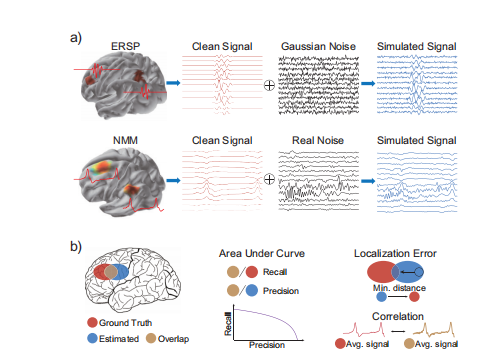
Fig. 2. a) The workflow of generating simulated sources with ERSPmodel and NMM. b) Illustration of performance metrics
图2.a) 使用ERSP模型和NMM生成模拟源的工作流程。b) 性能指标的示意图。
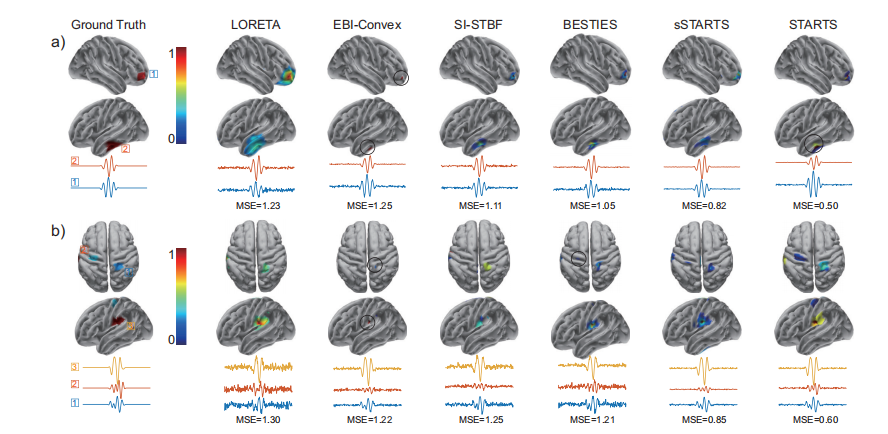
Fig. 3. ESI results of ERSP models. The source extents are set to be around 10 cm2. The source maps are presented as the power of estimatedsources (normalized into 0−1). The reconstructed source time series are averaged within each source patch.The threshold is automaticallydetermined by otsu’ methods. The reconstructed over-focal sources are encircled for better presentation purpose. The SNR in a) is set tobe 10 dB and SNR in b) is set to be 5 dB.
图3. ERSP模型的ESI结果。源扩展设置为约10 cm²。源图展示了估计源的功率(归一化至0-1)。重建的源时间序列在每个源区域内进行平均。阈值通过Otsu方法自动确定。为更好地展示,重建过于集中的源被圈出。图a)中的SNR设置为10 dB,图b)中的SNR设置为5 dB。
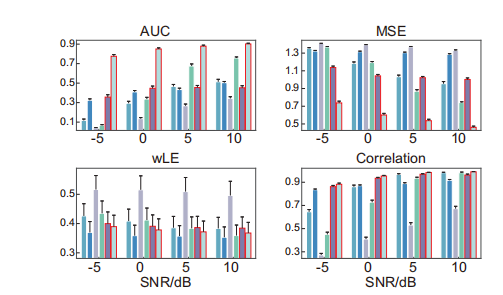
Fig. 4. Performance metrics of ERSP source model. The SNR ofsimulate source ranges from -5−10 dB. The number of source patchesis 2. The area of each source is around 10 cm2. The results arepresented as mean ± SEM (standard error of the mean). The metricsof STARTS and sSTARTS are highlighted.
图4. ERSP源模型的性能指标。模拟源的SNR范围从-5到-10 dB。源区域的数量为2,每个源的面积约为10 cm²。结果以均值 ± 标准误差(SEM)表示。STARTS和sSTARTS的指标被突出显示。
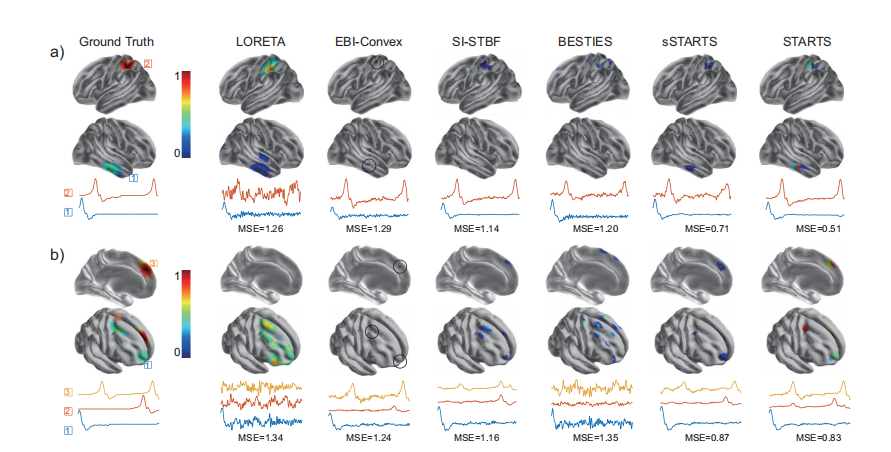
Fig. 5. ESI results of NMM. The source extents are 10−15 cm2. The source maps are presented as the power of estimated sources (normalizedinto 0−1). The reconstructed source time series are averaged within each source patch. The threshold is automatically determined by otsu’methods. The reconstructed over-focal sources of EBI-Convex are encircled for better presentation purpose. The SNR in a) is set to be 10 dB andSNR in b) is set to be 5 dB.
图5. NMM的ESI结果。源扩展为10−15 cm²。源图展示了估计源的功率(归一化至0-1)。重建的源时间序列在每个源区域内进行平均。阈值通过Otsu方法自动确定。为更好地展示,EBI-Convex的重建过于集中的源被圈出。图a)中的SNR设置为10 dB,图b)中的SNR设置为5 dB。

Fig. 6. Performance metrics of NMM source model. The SNR of simulate source ranges from -5−10 dB. The number of source patches is 2.The source areas are around 12±5 cm2 (mean±standard derivation).The results are presented as mean ± SEM. The metrics of STARTSand sSTARTS are highlighted.
图6. NMM源模型的性能指标。模拟源的SNR范围从-5到-10 dB。源区域的数量为2。源的面积约为12±5 cm²(均值±标准差)。结果以均值 ± 标准误差(SEM)表示。STARTS和sSTARTS的指标被突出显示。
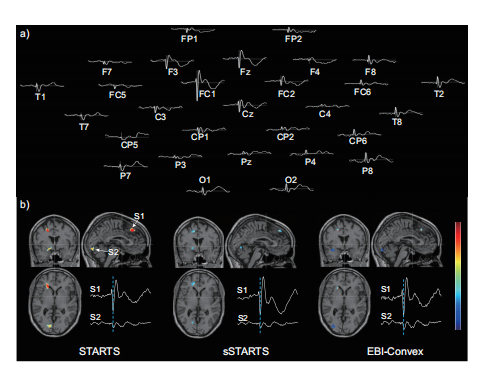
Fig. 7. Source reconstruction of epilepsy EEG by three algorithms.a) topography of averaged spike signals. The maximum of spike isrecorded at FC1. b) The source imaging results at the peak of amplitude(the blue dash line) are imposed on pre-surgical brain MRI images. Thealgorithms localize two sources and reconstructs their time courses. Thesource S1 is related to epilepsy and S2 is irrelevant to epilepsy
图7. 三种算法对癫痫EEG的源重建。a) 平均尖波信号的拓扑图。尖波的最大值记录在FC1位置。b) 在振幅峰值(蓝色虚线)处的源成像结果被叠加在术前脑MRI图像上。算法定位了两个源,并重建了它们的时间过程。源S1与癫痫相关,S2与癫痫无关。

Fig. 8. Source reconstruction of resting-state EEG by STARTS. a) The resting-state EEG data. The subject first keeps eyes open, and then keepseyes closed after the time point indicated by the red dash line. A burst of alpha activity is observed after the subject keeps eyes closed. b) ICAanalysis of EEG. The ICs related to the burst of alpha activity. c) reconstructed sources and time courses. The power of sources are presented, andotsu’s method is applied to obtain the threshold.
图8. 使用STARTS进行静息态EEG的源重建。a) 静息态EEG数据。受试者首先保持睁眼状态,然后在红色虚线指示的时间点后闭眼。在闭眼后观察到一阵α波活动。b) EEG的ICA分析。与α波活动爆发相关的独立成分(ICs)。c) 重建的源及其时间过程。展示了源的功率,并应用Otsu方法获取阈值。
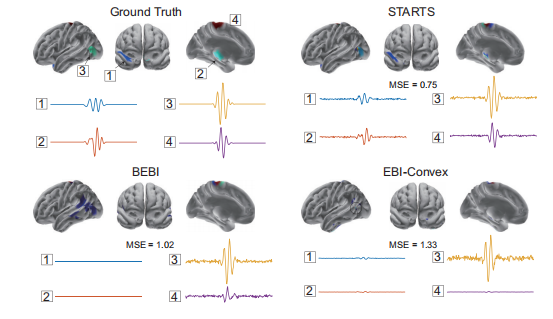
Fig. 9. Example of ESI results of STARTS, EBI-Convex and BEBI. TheSNR of simulated signals is 5 dB.
图9. STARTS、EBI-Convex和BEBI的ESI结果示例。模拟信号的SNR为5 dB。
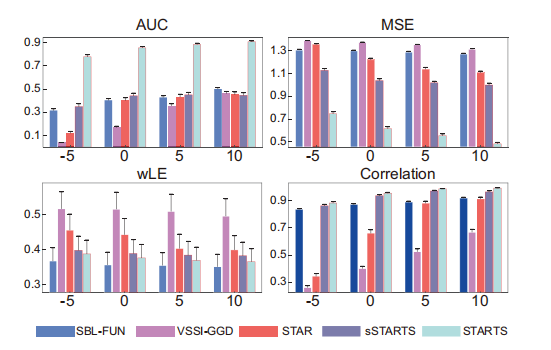
Fig. 10. Performance metrics of ERSP source model supplementary toFig. 4
图10. 补充图4的ERSP源模型性能指标
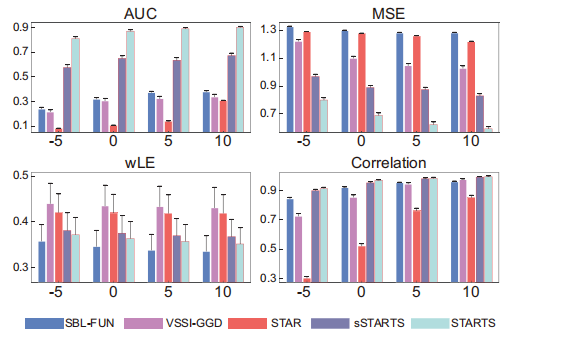
Fig. 11. Performance metrics of ERSP source model supplementary toFig. 6
图11. 补充图6的ERSP源模型性能指标。
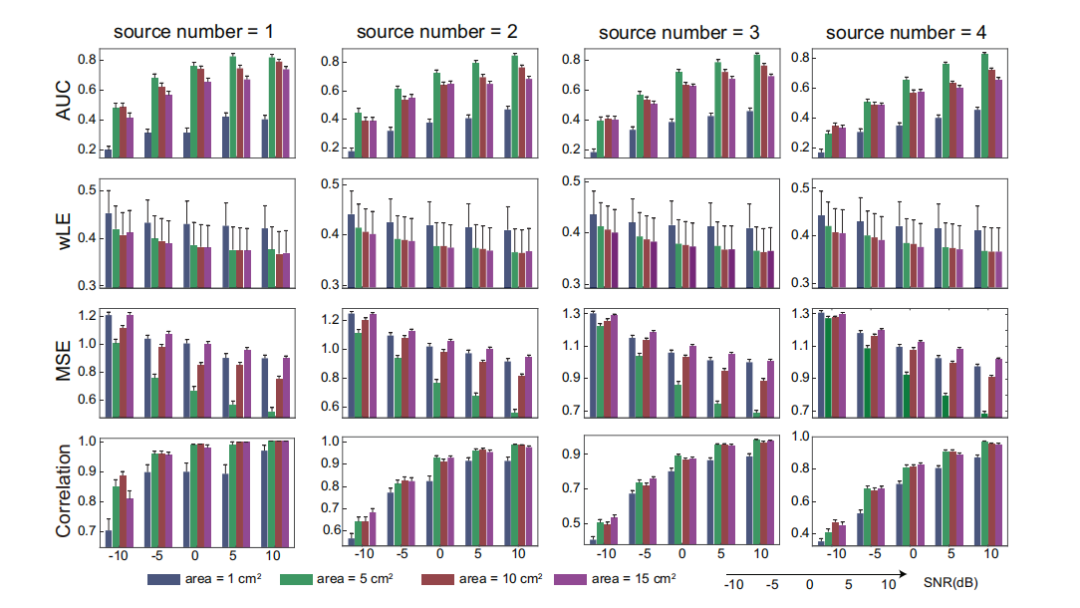
Fig. 12. Performance metrics of STARTS under different source numbers, areas and SNR.
图12. 不同源数量、源面积和SNR条件下STARTS的性能指标。
Table
表
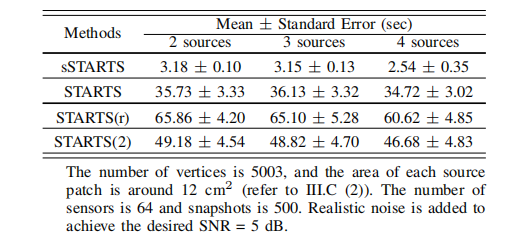
TABLE I computaional cost of proposed starts/sstarts
表 I所提STARTS/sSTARTS的计算成本





